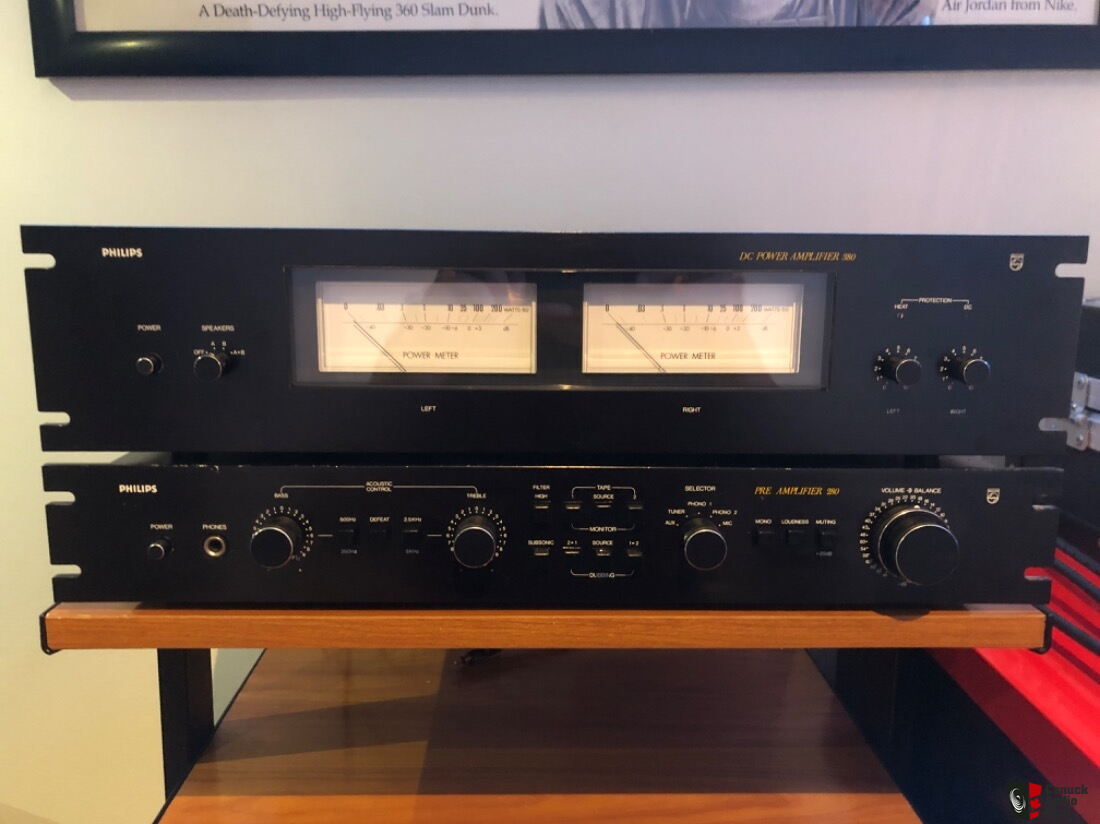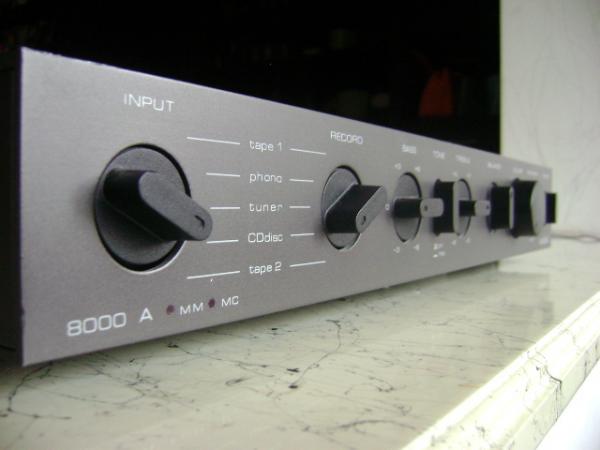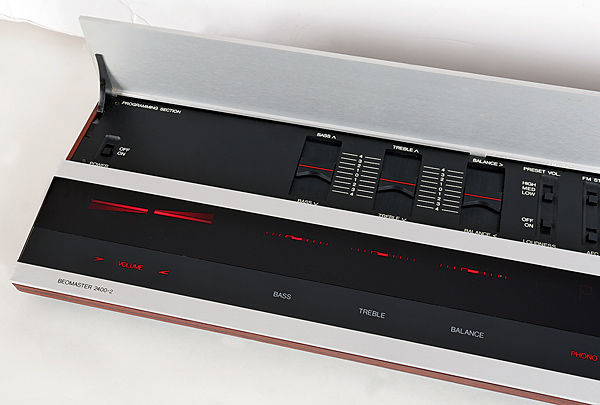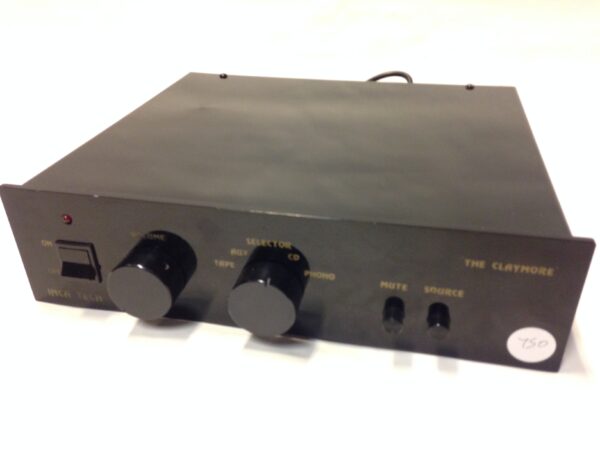Quad has typically catered to rich, (small c) conservative people who value quality but aren’t willing to spend exorbitant prices for it. Perhaps this explains why the 909 power amplifier is essentially a gently revised and rehoused 405 – the company’s award-winning, high-capacity transistor power amplifier that was introduced in 1975. There’s nothing wrong with that…
When the 909 was released in 1999, it was a great deal at £900 for a 140W RMS per channel amp. This result was in 8 ohms but nearly doubled in 4 ohms, indicating that it could drive real-world loudspeaker loads exceptionally effectively. Even yet, at 321x140x240mm, it was remarkably small for such a powerful machine. It was made entirely of silver-painted cast aluminium alloy, and it was well-built for the price. There were RCA phono socket inputs and a specialized Quad link for the 99 pre-amplifier on the back panel, as well as the normal banana loudspeaker binding post outputs. It also contained a safety cut-out switch, like all modern Quad power amplifiers, in case of excessive overheating or overload — which was not a common occurrence.
The 909 is exceptionally clear, smooth, and open acoustically. Some might find it a little too reserved, in that it doesn’t come at you with a barrage of booms and crashes. However, the midband is articulate and vivid, with little to no transistor grit. This is due in large part to Quad’s unique Current Dumping mechanism, which was first seen on the 405. At typical listening levels, the amplifier is mostly in Class A, but when the power increases, it switches to Class B. The Quad isn’t as rich in tone as a valve amplifier, but it also lacks the piercingly clear ‘white light’ of, say, the Sugden Class A designs. From top to bottom, it’s a little softer and less sharp. Some may say the 909’s bass isn’t as gripping as it could be, but it does tighten up a touch at higher volumes, and it never sounds slow or leaden.
The 909 has proven to be incredibly dependable in practice, able to keep up with lengthy, noisy parties without complaint, even when hauling large loads like Celesttion SL6s. Another benefit is that, like the 405 and 66 before it, Quad can service it relatively cheaply at the factory. The 405 may sound quite close to the 909 when maintained and recapped, and it also has the advantage of having the original iconic design rather than a recent reinvention – one reason why 405 values remain high but 909 residuals do not.
Quad’s 909 is known for its fuss-free performance, robust power, and equal tonal balance. It’s not as much fun as a Naim power amp from the same era, but it does have a certain even-handedness that the latter lacks. It stays out of the way and gets on with the job in a courteous and genteel manner. Actually, this is great for a low-cost power amplifier because you can trust it to handle even the most challenging loudspeaker loads without anxiety. The 909 isn’t going to set the world on fire with its magnificent emotional fluidity or astonish you with its mesmerizing melody, but it does deliver plenty of power and isn’t terrified of whatever loudspeaker you throw at it. This is why people have always purchased Quad power amplifiers, and the 909 continues the tradition. You may call it traditional principles in a modern atmosphere.







